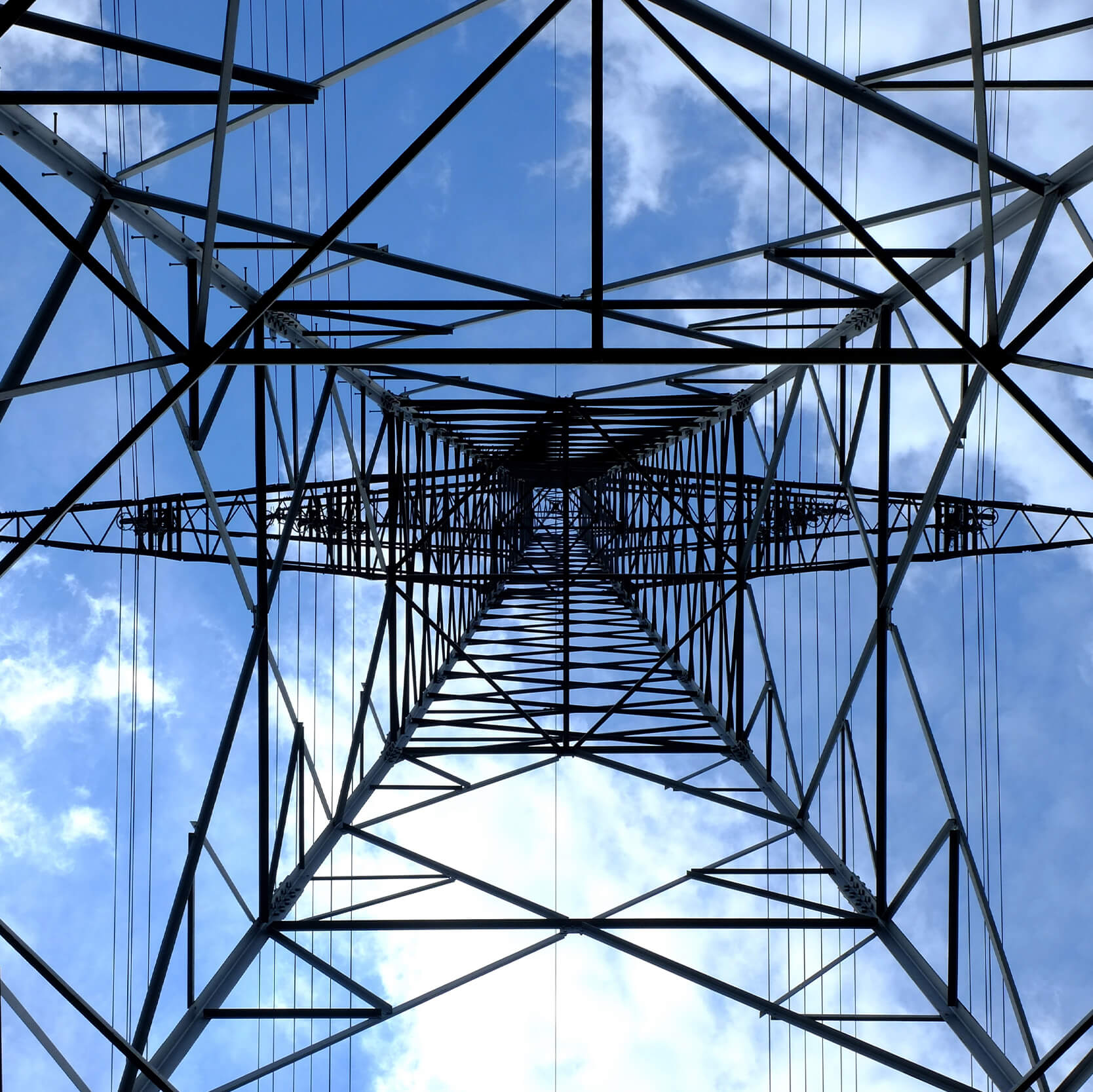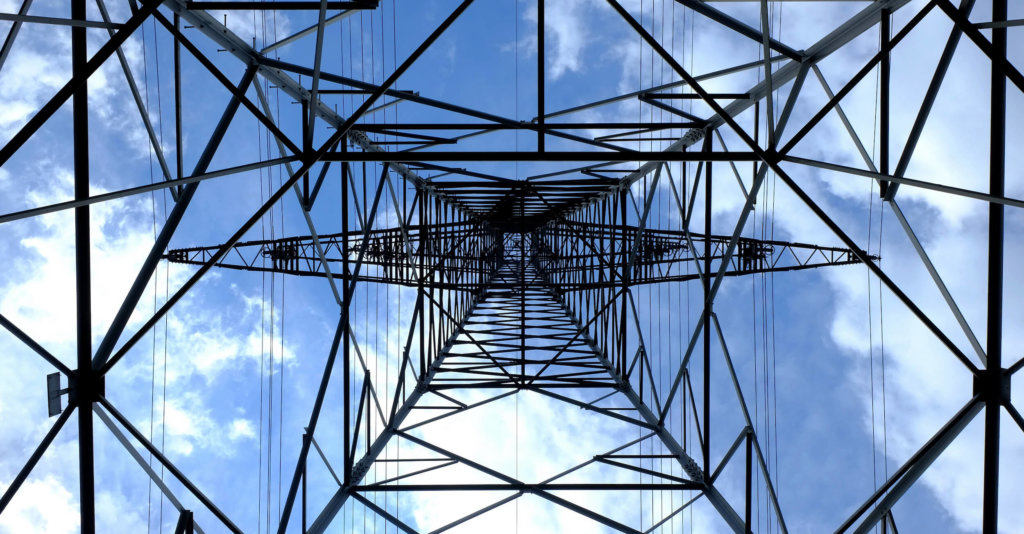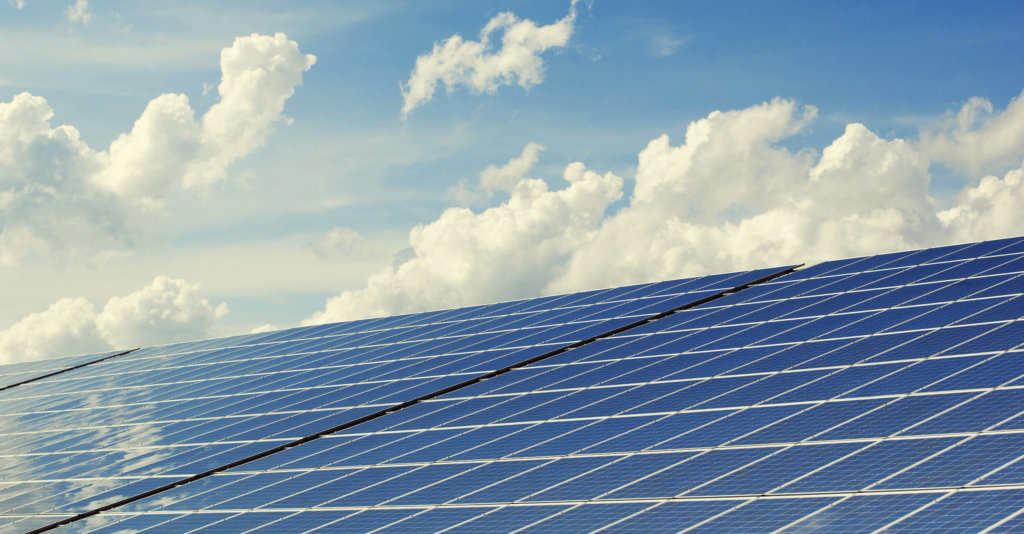
Sometimes, it is valuable to review the basics. Solar energy can be complex, and here at Blue Raven Solar, we cover several topics around solar power and other renewable energy resources. Now, we are going to look at the bigger picture: how energy and electricity work and how we can harness, understand, and rely on it to power our homes.

What is Energy?
The definition of energy is a fundamental entity of nature transferred between parts of a system in the production of physical change and usually regarded as the capacity for doing work1.
Potential energy that is converted into kinetic energy has been integral in our lives since the discovery of electricity in 1752 by Benjamin Franklin. Electricity is a secondary energy source2 and is defined as a fundamental form of energy observable in positive and negative forms occurring naturally (as in lightning) or is produced (as in a generator), expressed in terms of the movement and interaction of electrons3. Electricity is a secondary source because it is created through other primary sources of energy, like nonrenewable and renewable energy resources.
How Does Electricity Work?
The general concept is taught in grade school and is simple enough that it could be recalled if necessary. A battery here, a potato there, some wires, and eventually, a working lightbulb. Here is a more technical synopsis of how electricity works:
Electricity comes from electron movement. When electrons move together, they produce heat and will flow until their circuit is broken (when a light switch flips off, the current is broken and the electrons stop flowing; whereas, when it flips on, the current is reconnected, allowing the energy flow to continue). These electrons revolve around atom nuclei, which house protons and neutrons. With protons having a positive charge, neutrons having no electric charge, and electrons having a negative charge – these particles balance each other out and work together.
Electrons are attracted to protons, specifically when they are not shelled with other electrons. When a proton pulls electrons out of their orbit, they shift from one atom to another, and this flow of positive-charged electrons creates electricity. The flow can then be directed with conductive materials (like copper wire and subdued with nonconductive materials like sulfur).

How is Electricity Measured?
Electricity is measured within a few different units: amperes, volts, ohms, watts, and coulombs4.
- Ampere (Amp): The number of electrons flowing through an electrical circuit at any given point in time.
- Volt (V): The force pushing an electron through an electric circuit; the potential for energy to move (lower voltage = lower force; higher voltage = higher force).
- Ohms: Electrical resistance (lower ohms = better flow).
- Watts (W): A measurement of power which indicates the rate at which work is done.
- Coulomb: The amount of charge flowing when the current is 1 amp (1 amp = 1 coulomb/second).
As previously mentioned, copper is a great conductive material, with an average resistance of 0.0000017 ohms. The same amount of sulfur has an average resistance of 200,000,000,000,000,000 ohms.
Each of these measurements has a different purpose and necessity, though they all work together.
Each amp is equal to the amount of current produced by the force of 1V moving through the resistance of 1 ohm, which can be formulated to discover the amount of power (W). This process may be difficult to conceptualize without formulas and numbers to work through, but luckily there are resources calculating each factor and step.

Primary Sources: Nonrenewable and Renewable
Technology has advanced and we are poised to continue developing our world. There are several means of generating electricity through primary sources: nonrenewable resources including coal, oil, and natural gas, and renewable resources including solar, wind, water, geothermal, and biomass.
Nonrenewable resources have been the most common method of generating electricity since the discovery of mass power generation. The industrial revolution resulted in a massive uptick, when coal was identified to be not only be a powerful generator, but also a transportable one. Renewable resources have proven to be just as important, if not more, as the industry grows and becomes more advanced.
We can continue to power our world without causing more harm to the environment through renewable resources. With this source of energy, there is not the worry of depletion and draining of fossil fuels.

Blue Raven Solar Partners with Nonprofit Organizations to Make Powerful Contributions
Renewable resources are constant, extremely reliable, and accessible to people all over the world – some being the only accessible power sources in places further from developed cities. With solar power specifically, people in extremely rural areas and in third-world countries can improve their quality of life through education, medicine, and other electric-powered areas of life because of the efforts of nonprofit organizations like GivePower.
Blue Raven Solar is proud to not only partner with GivePower to help change the world, but to provide clean energy to homeowners across the nation with a team of dedicated experts. We believe solar energy is the future of energy. As one of the country’s most reputable and well-reviewed solar installers, our customers receive the highest-quality products and services. We hope to also assist them in gaining confidence in energy independence and reliance on sustainable, renewable resources for future generations.
Find out how clean energy can improve your life by contacting one of our experts today! Join our solar initiative and experience the future of energy.



Sorry, the comment form is closed at this time.